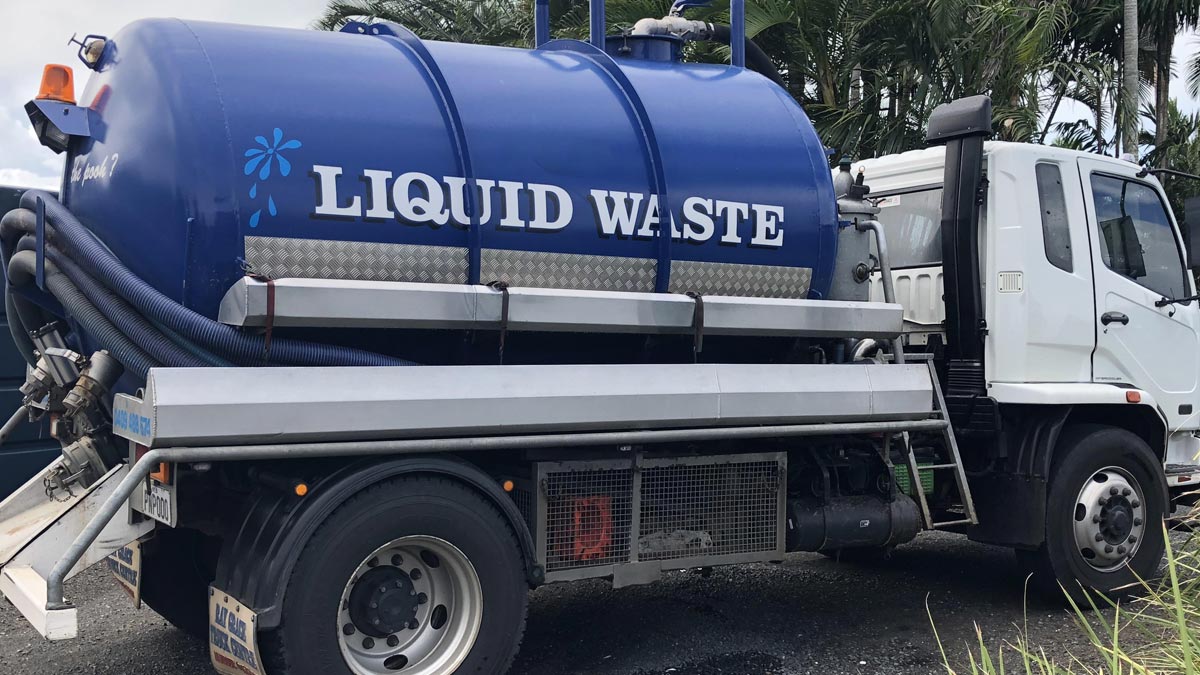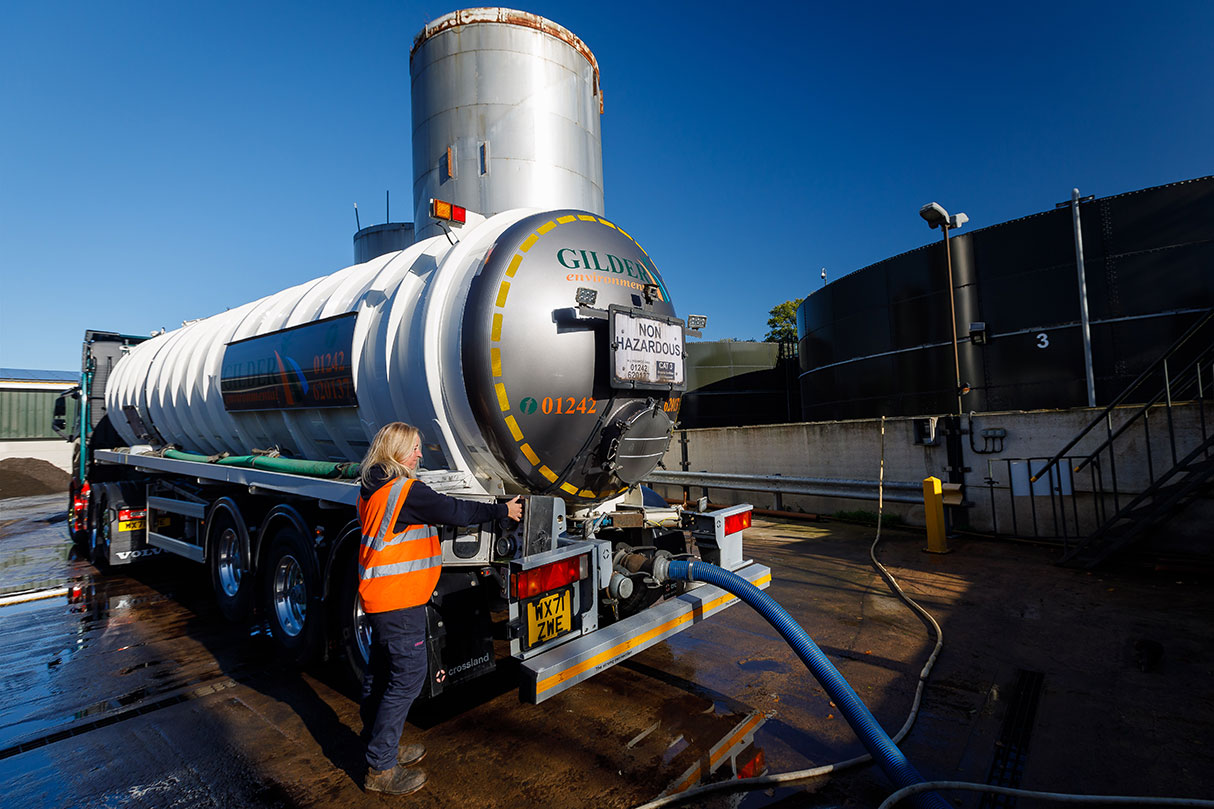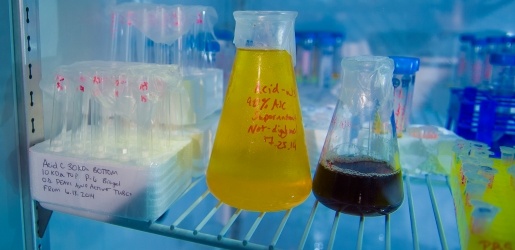Just How Fluid Waste Disposal Works: A Comprehensive Introduction of Methods and Technologies Utilized

Review of Liquid Waste Types
The intricacy of fluid waste kinds demands an extensive understanding of their attributes and implications for disposal. Liquid waste can extensively be classified right into numerous kinds, consisting of commercial, metropolitan, farming, and contaminated materials. Each group displays distinctive residential or commercial properties, calling for details monitoring approaches to minimize ecological and health and wellness dangers.
Industrial liquid waste originates from producing processes and frequently contains a range of impurities, such as hefty metals, solvents, and natural compounds. Municipal fluid waste, mostly making up wastewater from homes and commercial facilities, consists of raw material, nutrients, and pathogens (industrial wastewater treatment). Agricultural fluid waste, including runoff from ranches, may consist of fertilizers, chemicals, and animal waste, posturing dangers to water high quality and environments
Dangerous fluid waste is defined by its toxicity, sensitivity, or prospective to cause injury. This classification consists of compounds like acids, bases, and certain chemicals that necessitate rigid handling and disposal protocols. Recognizing these diverse fluid waste types is essential for creating effective disposal methods and ensuring compliance with environmental regulations. Correct classification and characterization are necessary for implementing proper therapy methods and decreasing the negative influence on public health and wellness and the setting.
Physical Therapy Approaches

Testing is the first action, where bigger fragments and particles are eliminated from the fluid waste using screens or grates. This procedure shields downstream tools from damages and ensures smoother operation. Following testing, sedimentation makes use of gravitational pressure to separate solids from liquids. In sedimentation tanks, much heavier bits resolve at the bottom, forming a sludge layer, while the cleared up liquid can be further dealt with.
Filtering is another essential method that involves passing the fluid with permeable products, such as sand or membranes, to record smaller fragments. This step boosts the high quality of the liquid, making it ideal for succeeding treatment procedures.

Chemical Therapy Strategies
Chemical therapy strategies are essential for effectively taking care of fluid waste, particularly in attending to liquified and colloidal pollutants that physical techniques might not sufficiently remove. These methods utilize numerous chemical representatives to neutralize, precipitate, or change dangerous materials into much less unsafe kinds.
One common technique is coagulation and flocculation, where chemicals such as alum or ferric chloride are included to promote the gathering of suspended bits. This procedure enhances sedimentation, enabling for less complicated removal of the resulting sludge. In addition, oxidation processes, utilizing representatives like chlorine or ozone, are employed to break down complicated organic substances and virus, rendering the waste much safer for discharge or more therapy.
Neutralization is another essential technique, which changes the pH of acidic or alkaline waste streams to neutral degrees, avoiding possible harm to downstream systems and the environment. Additionally, progressed oxidation procedures (AOPs) make use of mixes of oxidants and ultraviolet light to degrade relentless contaminants, accomplishing a higher degree of treatment efficiency.
Organic Therapy Procedures
Organic therapy procedures play an essential duty in the administration of fluid waste by utilizing microorganisms to break down raw material and minimize pollutant degrees. These processes can be extensively categorized into anaerobic and cardio therapies, each using certain microbial areas to accomplish reliable waste deterioration.
Cardio therapy entails making use of oxygen to assist in the malfunction of organic go to this web-site products by microorganisms. This procedure is typically executed in turned on sludge systems, where aeration tanks supply a favorable atmosphere for microbial growth, bring about the oxidation of natural contaminants. The resultant biomass can be separated from dealt Web Site with effluent via sedimentation.
On the other hand, anaerobic therapy takes place in the lack of oxygen, depending on different microorganisms to break down organic matter. This method is particularly useful for high-strength waste, as it creates biogas, a sustainable energy resource, while decreasing sludge production. Technologies such as anaerobic digesters are regularly utilized in municipal and commercial applications.
Both cardiovascular and anaerobic organic treatments not just lessen the environmental impact of fluid waste however also assist in resource recuperation, making them necessary parts of lasting waste management methods. Their effectiveness, performance, and adaptability sustain their prevalent implementation throughout numerous fields.
Emerging Technologies in Disposal
Cutting-edge techniques to liquid garbage disposal are swiftly developing, driven by developments in technology and a boosting focus on sustainability. Among these arising modern technologies, membrane layer bioreactors (MBRs) have acquired grip for their ability to incorporate organic therapy with membrane layer filtration, resulting in high-grade effluent that can be recycled in different applications. MBRs allow smaller impacts and extra efficient operations contrasted to conventional systems.
One more promising advancement is the use of anaerobic food digestion incorporated with nutrient healing innovations, which not just deals with fluid waste however over here additionally produces biogas and recoups valuable nutrients like nitrogen and phosphorus. This dual benefit improves resource performance and reduces ecological impact.
In addition, advanced oxidation procedures (AOPs) are being taken on for the destruction of complicated organic contaminants. These approaches use powerful oxidants and stimulants to break down impurities at the molecular level, supplying a highly effective service for challenging waste streams.
Furthermore, the integration of man-made intelligence and machine understanding in waste administration systems is enhancing operational effectiveness and anticipating maintenance, resulting in reduced expenses and improved environmental compliance. These modern technologies show a considerable change in the direction of even more sustainable and effective liquid garbage disposal practices.
Final Thought
In final thought, efficient liquid waste disposal necessitates an extensive understanding of various strategies and technologies. By continuously advancing these methodologies, it ends up being possible to address the growing difficulties connected with fluid waste, ultimately adding to environmental security and resource recuperation.
Liquid waste disposal is an important aspect of ecological monitoring, requiring a comprehensive understanding of numerous methods and modern technologies tailored to different waste types. Liquid waste can broadly be categorized right into several types, consisting of industrial, metropolitan, agricultural, and harmful waste. Agricultural fluid waste, including runoff from ranches, may include fertilizers, chemicals, and animal waste, positioning dangers to water top quality and communities.
Numerous physical treatment approaches play a vital function in managing liquid waste efficiently - industrial wastewater treatment.In verdict, reliable liquid waste disposal requires an extensive understanding of different strategies and modern technologies